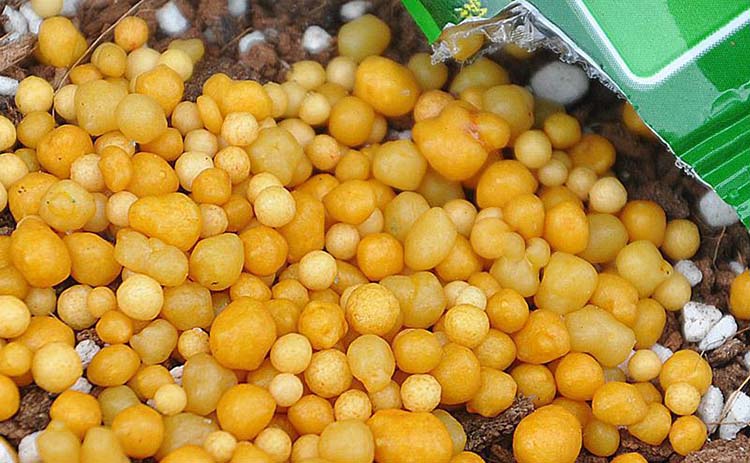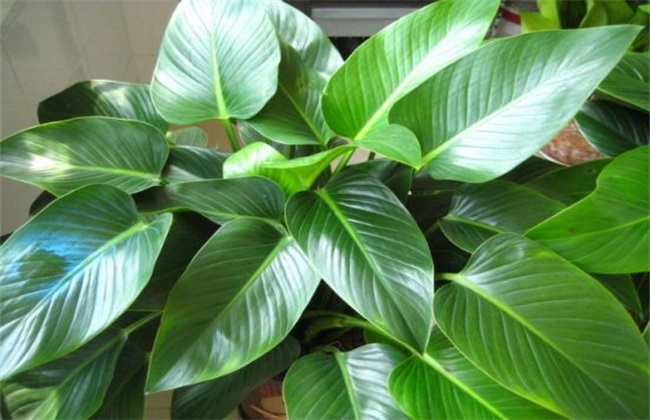Comprehensive measures to control diseases and insect pests of edible fungi
The unique mode of production of edible fungi and the organizational structure of fruiting bodies different from those of higher plants require that producers should not spray chemicals during the growth stage of fruiting bodies and must put "prevention" in the first place. Adopt the policy of "prevention first and comprehensive control", reduce the use of chemical pesticides, improve the level of product quality and safety, and take comprehensive control measures to control diseases and insect pests.
According to the cultivation characteristics of edible fungi, the main measures for integrated control of diseases and insect pests are as follows:
Cut off the transmission of diseases and insect pests. There are three sources of diseases and insect pests in edible mushroom cultivation: first, bacteria carry insects, with disease sources; second, culture materials and covered soil carry insects and disease sources; third, natural transmission inside and outside mushroom houses (sheds). Cutting off these three transmission channels is the top priority of integrated pest control.
Environmental control to reduce the occurrence of diseases and insect pests. 1. Reduce the material temperature: if the material temperature of Pleurotus ostreatus is controlled below 21 ℃, walnut fleshy bacteria can be effectively controlled, the temperature of Flammulina velutipes is below 20 ℃, and the bag pollution of Pleurotus ostreatus can be prevented under 20 ℃. two。 Strengthen ventilation and ventilation. Ventilation is the best way to disinfect the air. Do not create a stuffy mushroom environment. Not ventilating will do more harm than good. 3. Light adjustment. Different varieties have different illuminance requirements. For example, Pleurotus ostreatus should be darker, while Pleurotus ostreatus should be stronger.
Agronomic control measures. Different soils have different microflora and different ecological environments have different biological communities. Practice shows that the cultivation of soil shed is generally good in the first year and poor in two years, and the reason is that the ecological environment of the soil shed is getting worse and worse, that is to say, there are more germs, more insect pests, and poor air quality. For this reason, we must improve the ecological conditions, optimize the mushroom environment, reduce and reduce the occurrence of diseases and insect pests.
Chemical control. Chemical control is generally used as a preventive measure, and the use of chemical control is prohibited during mushroom production, as the tissue structure of the fruiting body is prone to residual poison, affecting food and export. Therefore, the use of chemical control is prohibited during mushroom production, even if it has to be used, it can only be sprayed before mushroom production, and it is best to use plant preparations, matrine and so on. Item office
- Prev

There are three common methods of pot fertilization.
In order to show higher ornamental value of potted flowers, we need to fertilize them in time. Generally speaking, there are three common fertilization methods for potted flowers.
- Next

Gold diamond farming methods and precautions
Gold diamond farming methods and precautions
Related
- Fuxing push coffee new agricultural production and marketing class: lack of small-scale processing plants
- Jujube rice field leisure farm deep ploughing Yilan for five years to create a space for organic food and play
- Nongyu Farm-A trial of organic papaya for brave women with advanced technology
- Four points for attention in the prevention and control of diseases and insect pests of edible fungi
- How to add nutrient solution to Edible Fungi
- Is there any good way to control edible fungus mites?
- Open Inoculation Technology of Edible Fungi
- Is there any clever way to use fertilizer for edible fungus in winter?
- What agents are used to kill the pathogens of edible fungi in the mushroom shed?
- Rapid drying of Edible Fungi

